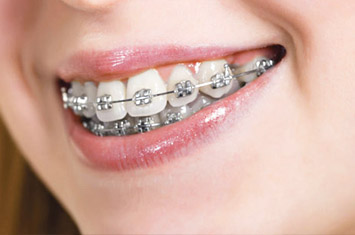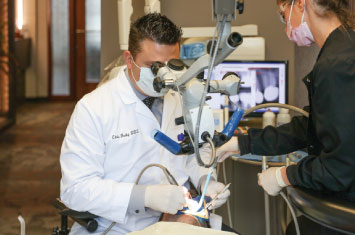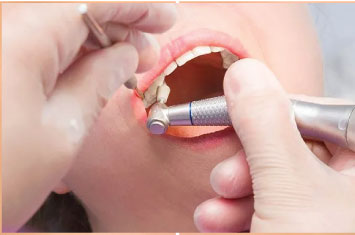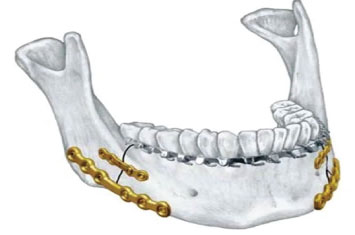Stainless Steel crown

Stainless Steel crown
What is a stainless steel crown?
• Stainless steel crowns can help to protect primary (baby) teeth.
• They are metal crowns that are made from stainless steel, and contain nickel and chrome.
• They are used to treat molars (back teeth) that have either decayed or not formed properly.
The crowns are pre-made and come in a range of sizes. We will choose a stainless steel
crown that will fit over your child’s tooth and cover the entire crown of the tooth (the part
that sits above the gum). We will then cement it in place.
• It is a stronger way to repair a tooth.
• They are usually only placed on primary/baby teeth and will fall out at the same time the
baby tooth is lost and a permanent tooth erupts.
Why does my child need a stainless steel crown?
To repair a tooth:
• with significant decay.
• which is soft due to poor quality enamel.
• following nerve/root treatment.
• with a large filling which is failing.
What do they look like?
• A stainless steel crown is shiny and silver in appearance, leaving the tooth to be restored
completely covered in silver.
• They are placed on back molar teeth so often are less noticeable than you might think.
• Children are usually pleased to have a shiny tooth rather than one with a hole in it.
• They can be referred to as a pirate tooth, princess tooth, jewelled tooth, silver cap or hat to
children.
Procedure
• Local anaesthesia may or may not be required.
• In most cases the Hall Technique is employed where no local anaesthesia is used and the
crown is slotted over the tooth without any removal of decay. Any decay is sealed beneath the
crown and will stop.
• If nerve/root treatment of the tooth is required, local anaesthesia and decay removal will be
required prior to crown placement. If we have used local anaesthetic, the mouth will be numb.
You should make sure your child does not bite their lip, cheek or tongue, or drink or eat hot
food or liquid while the numbness is present.
• Once the size of the crown is selected it will be cemented in place. The patient is asked to bite
down on a cotton wool roll to help it seat into position.
• The crown will feel tight on the tooth for the first couple of days. If you think your child needs it,
provide painkillers such as paracetamol or ibuprofen. Speech and eating may be difficult at
first. You may also notice that the crown appears ‘high’ in the bite, and your child may not be
able to fully close their teeth together when it has first been put in. This usually settles within a
few weeks.
How long does a crown last?
The crown should stay in place until the baby tooth falls out naturally, when the permanent tooth
underneath is ready to come through. There are cases where the crown wears through on the biting
surface and needs to be replaced. Occasionally, the tooth with the crown on may need to be taken
out before then.
How do I help my child look after the crown?
The crowns will behave like a normal tooth and your child should treat it like one. They should brush
it twice a day along with the other teeth.
Will my child have a follow-up appointment?
We will agree a course of treatment with you and your child, and the fitting of the stainless steel
crown will be part of it. On completion of treatment, your child will be discharged back to your dentist.
They should continue to provide regular check-ups, and supportive preventative dental care
throughout your child’s time with us and also on discharge from our care.





